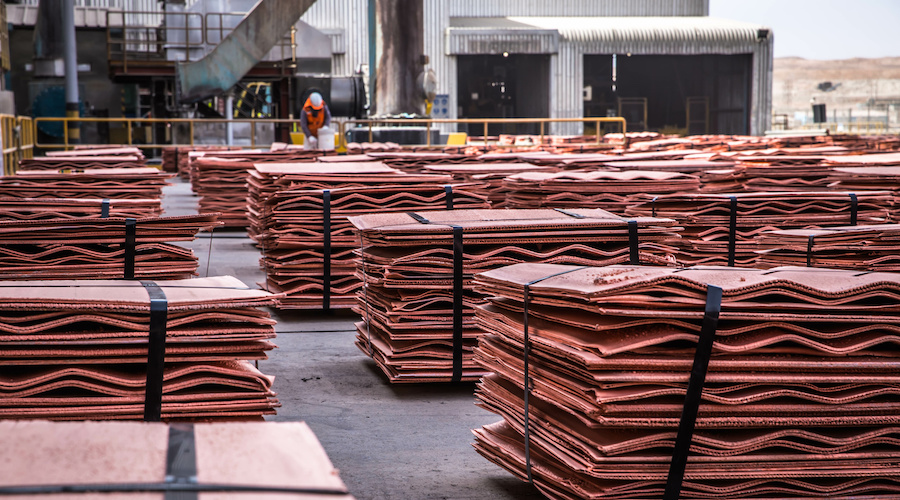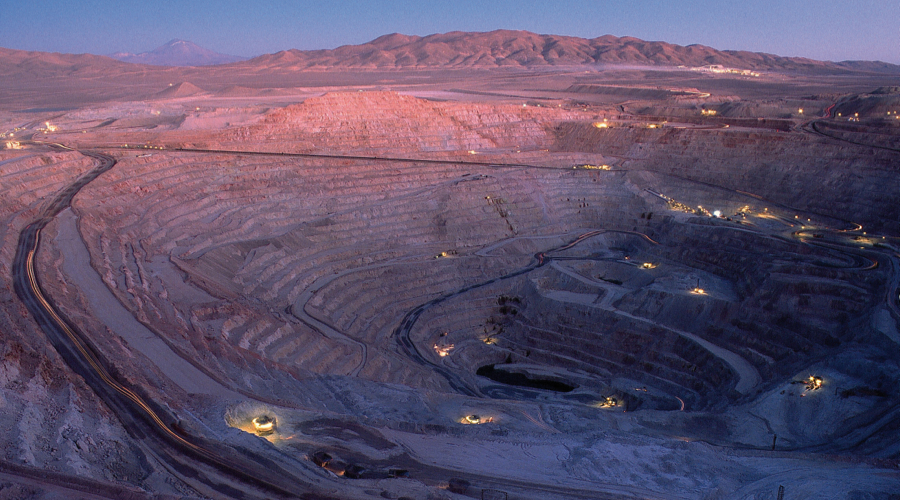A day for the zama zamas: Illegal gold mining in South Africa
Due to socio-economic problems such as growing unemployment and poverty rates in South Africa, there has been rise in illegal gold mining.
The Daily Sun recently released videos showing a little bit of the reality for these underground miners known as ‘zama zamas,’ which in Zulu loosely translates to “those who try to get something from nothing.”
In the footage a zama zama, who chose to stay anonymous for safety reasons, describes the mining process. This includes a 30 minute travel time from ground level into the mines via rope, hammering the rocks down, carrying them to surface level, rock sampling in testing plates to see if the sediments contain any gold, and the refining process.
Video courtesy of Daily Sun. Filmed by Dylan Mohlala, interview by Peter Matsebula and Maile Matsebula
The work is dangerous – due to explosives used in the mines to break the rocks, the zama zamas face potential mine collapse. Just this past May, the bodies of 25 illegal miners were found after a gas explosion in a mine near the town of Welkom. The zama zamas use pillars put in place by previous miners to try and balance the rocks to prevent these collapses.
Zama zamas earn a pittance for work that puts their lives at risk on a daily basis
Turf wars among zama zamas are not uncommon. According to the miner interviewed in the videos, some individuals bring guns to the sites as means of violence and intimidation.
This has forced operators to employ security guards at mine shaft entrances, meaning further division of already meagre profits made from the illegally mined precious metal:
“It’s not easy [to earn] a good profit because there are many people involved.”
Indeed, between necessary payments to the underground workers, the mine security guards, and the cops who allegedly visit the sites on a daily basis for a pay-off, the zama zamas earn a pittance for work that puts their lives at risk on a daily basis.
Video courtesy of Daily Sun. Filmed by Dylan Mohlala, interview by Peter Matsebula and Maile Matsebula.
Featured image from Animus Sustainability Portal
More News
Trump orders new tariff probe into US copper imports
the countries set to be most affected by any new US copper tariffs would be Chile, Canada and Mexico.
February 25, 2025 | 02:26 pm
Power outage hits swaths of Chile, from largest copper mine to Santiago streets
Escondida, the world's largest copper mine, was without electricity, while state-owned copper miner Codelco said all its mines had been affected.
February 25, 2025 | 12:13 pm
{{ commodity.name }}
{{ post.title }}
{{ post.excerpt }}
{{ post.date }}



Comments
wags1
Hmm, I wonder why the video omitted the step where they added the mercury?